Trip Planner Tips for India: Essential Insights for the Global Traveler

India, a tapestry of ancient traditions, diverse cultures, and breathtaking landscapes, has long been a muse for wanderers, poets, and dreamers. A land where the past and present coalesce in a dance of colors, sounds, and scents, India offers an experience that transcends the ordinary. From the snow-kissed peaks of the Himalayas to the golden sands of the Thar Desert, from the tranquil backwaters of Kerala to the bustling streets of Mumbai, India is not just a destination—it's a journey of discovery, introspection, and transformation.
Every corner of this vast nation tells a story. The majestic forts and palaces of Rajasthan whisper tales of valor and romance, the serene ghats of Varanasi echo with age-old rituals and spiritual quests, the dense forests of Madhya Pradesh roar with the adventures of the wild, and the pristine beaches of Goa sing songs of relaxation and revelry. But beyond these iconic landmarks, India's true essence lies in its myriad villages, bustling bazaars, colorful festivals, and the warm smiles of its people.
For the international tourist, India is an enigma—a land of contrasts and confluences. It's where the ancient and the modern, the spiritual and the materialistic, the serene and the chaotic coexist in harmony. It's a place where every experience, whether it's savoring a spicy street food delicacy, witnessing the grandeur of a Diwali celebration, or simply engaging in a heartfelt conversation with a local, becomes a cherished memory.
But, like any epic journey, a first travel to India requires careful planning and preparation. The sheer diversity of experiences can be overwhelming, and the challenges of navigating through a foreign land with its unique customs and norms can be daunting. However, with the right guidance, insights, and tips, your Indian odyssey can be a smooth and enriching adventure.
In this comprehensive guide, we delve deep into the heart of India, offering you invaluable trip planner tips to ensure that your journey is not just enjoyable but also enlightening. From crafting the perfect itinerary and understanding cultural nuances to savoring the best of Indian cuisine and finding hidden gems, we've got you covered. So, as you embark on this voyage of a lifetime, let India's magic envelop you, inspire you, and transform you.
Whether you're a history buff, a spiritual seeker, a nature enthusiast, or a culinary aficionado, India promises an experience that will touch your soul and stay with you forever. So, pack your bags, open your heart, and let India's wonders unfold before you. Welcome to a journey like no other. Welcome to India.
1. Best Time to Visit
India, with its vast geographical expanse, experiences a variety of climatic conditions. However, the period from October to March is universally acknowledged as the most favorable time for tourism. Here's a breakdown:
October to March: This is the winter season for most parts of India. The weather is cool and pleasant, making it ideal for sightseeing, especially in the northern plains, central India, and the southern peninsula. For instance, the iconic Taj Mahal in Agra or the majestic forts of Jaipur are best explored during these months when the sun is milder.
Exceptions: If you're planning to visit the Himalayan regions, like Shimla or Manali, be prepared for snowfall and chilly conditions, especially in January and February. On the other hand, the winter months are perfect for exploring the deserts of Rajasthan, such as Jaisalmer, where the days are warm and nights are cool.

Festivals: This period also coincides with several major Indian festivals like Diwali (Festival of Lights), Holi (Festival of Colors), and Durga Puja. Participating in these celebrations can offer a deeper insight into India's rich cultural tapestry.
Tip: While October to March is generally recommended, always check the specific climate conditions of the regions you plan to visit. For instance, if you're heading to Goa, the winter months are peak tourist season, so expect larger crowds and higher prices.
2. Getting Around
Navigating through India can be an adventure in itself. The country boasts one of the world's most extensive railway networks, and road transportation options are abundant.
Trains: The Indian Railways system is vast and connects even the remotest parts of the country. Trains are a cost-effective way to travel long distances. For a unique experience, consider booking a journey on luxury trains like the "Palace on Wheels" or the "Maharajas' Express" which offer royal experiences across India's prime destinations.
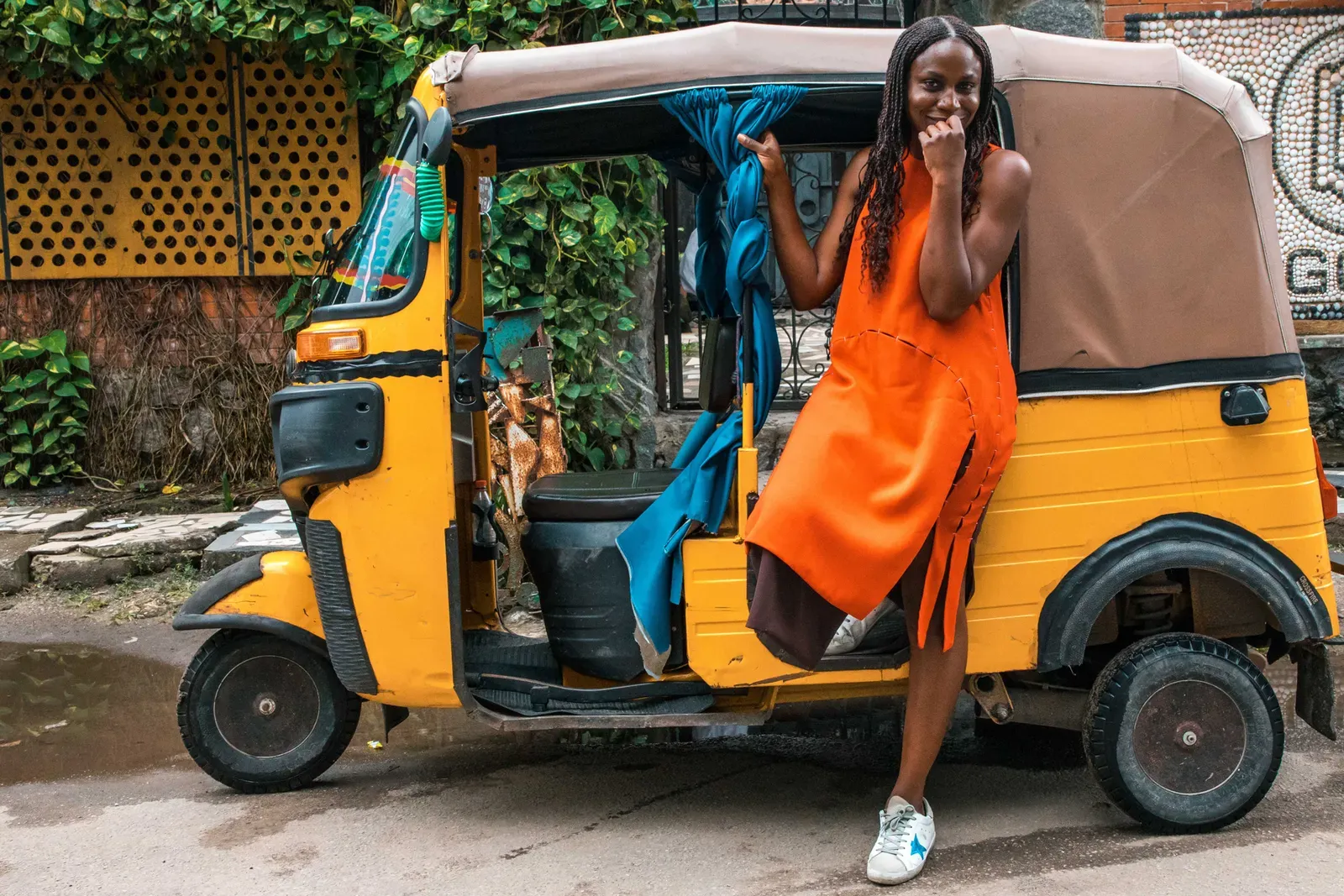
Within Cities: For intra-city travel, auto-rickshaws and cabs are the most convenient. Auto-rickshaws are three-wheeled vehicles that are perfect for short distances. They're ubiquitous in almost every city and offer an authentic Indian travel experience. Remember to negotiate the fare before starting your journey or ensure the driver uses the meter. Cabs, both local taxis and app-based services like Ola and Uber, are available in most cities and are ideal for longer city routes or if you prefer air-conditioned comfort.
Buses: For inter-city travel, especially in hilly regions where trains might not be available, buses are a good option. Both government and private operators run services, with the latter offering luxury coaches with amenities like reclining seats and Wi-Fi.
Tip: While the railway system is extensive, trains often get booked well in advance, especially during peak tourist season. It's advisable to book your tickets early, preferably using the official IRCTC website or trusted travel agencies.
3. Accommodation Recommendations
India offers a plethora of accommodation options catering to all budgets and preferences.
Heritage Havelis in Rajasthan: These are historic mansions, often centuries old, that have been converted into hotels. Staying in a haveli, like the Samode Haveli in Jaipur or the RAAS Devigarh in Udaipur, offers a glimpse into royal Rajasthani grandeur.
Beachfront Resorts in Goa: If you're looking for sun, sand, and sea, Goa's beachfront resorts, such as the Taj Fort Aguada or the Park Hyatt Goa Resort and Spa, provide luxury right on the beach. It is also a very frequent destination of the affluent Indian families.
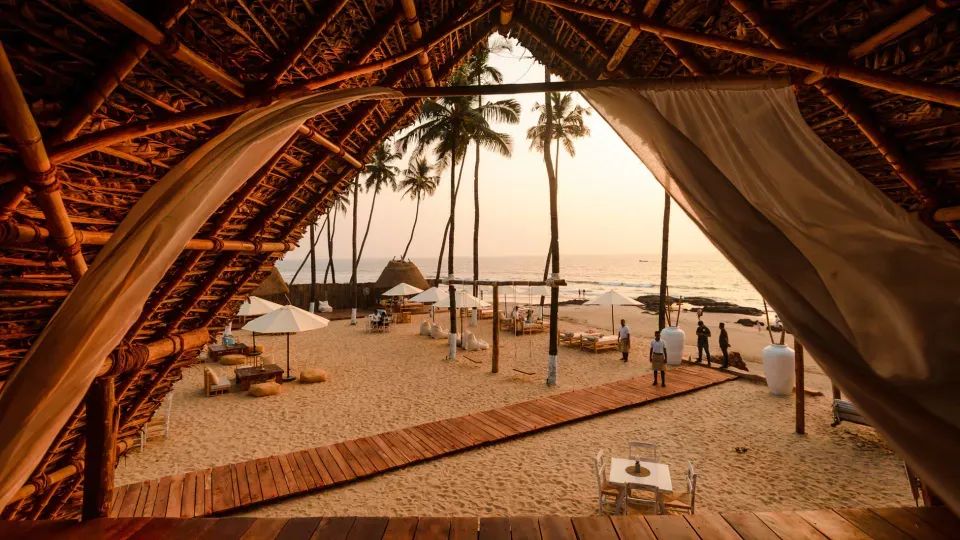
Homestays: For a more intimate and authentic experience, consider staying in a homestay. These are often family-run establishments that offer guests a chance to experience local life firsthand. Whether it's a traditional Kerala home in the backwaters or a colonial bungalow in the hills of Darjeeling, homestays provide a personal touch to your journey. You'll enjoy home-cooked meals, local stories, and the warm hospitality that India is renowned for.
Budget and Mid-Range Hotels: Cities and popular tourist destinations have a range of budget and mid-range hotels. Brands like OYO Rooms and Treebo Hotels offer standardized accommodations across the country.
Tip: While booking accommodations, always check guest reviews on platforms like TripAdvisor or Booking.com. This provides a clearer picture of the quality of service and amenities you can expect. Additionally, some places, especially homestays, might offer immersive experiences like cooking classes or local tours, enhancing your travel experience.
4. Local Cuisine and Dining
India's culinary landscape is as diverse as its culture. Each region boasts its unique flavors, ingredients, and cooking techniques. Indian cuisine has gained global recognition with several Indian chefs now awarded Michelin stars.
Street Food: India's streets are a gastronomic delight. From the spicy 'Pani Puri' of Mumbai to the delectable 'Kathi Rolls' of Kolkata, street food offers an authentic taste of local flavors. However, ensure you eat at popular and clean stalls to avoid any health issues.
Regional Delicacies: Each state in India has its signature dishes. For instance, relish the buttery 'Butter Chicken' in Punjab, savor the coconut-infused 'Fish Curry' in Kerala, or indulge in the rich 'Biryani' in Hyderabad.
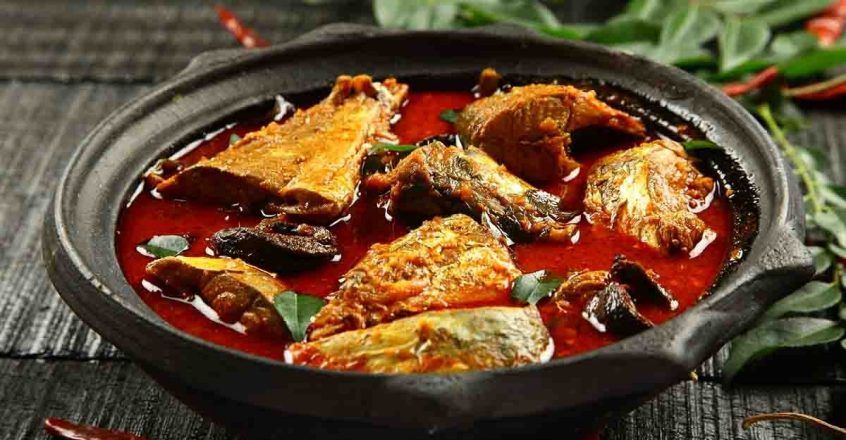
Vegetarian Cuisine: India is a paradise for vegetarians. With a significant portion of the population being vegetarian, there's an abundance of veg dishes, from the 'Masoor Dal' of the north to the 'Sambhar' of the south.
Sweets: Indian sweets or 'mithai' are a must-try. 'Gulab Jamun', 'Rasgulla', and 'Jalebi' are popular choices.
Tip: Always drink bottled water and avoid ice in your drinks. When trying street food, opt for freshly cooked items over raw ones.
5. Cultural Etiquette and Local Customs
Understanding and respecting local customs is crucial when traveling in India.
Dressing Modestly: Especially when visiting religious sites, it's essential to dress modestly. Women should consider wearing long skirts or trousers and covering their shoulders. Men should avoid wearing shorts at religious places.
Greetings: The traditional Indian greeting is the 'Namaste', where you press your palms together and bow slightly. It's a sign of respect and is widely appreciated.
Shoes: Always remove your shoes when entering someone's home or a religious place.
Tipping: While not mandatory, tipping (around 10%) is appreciated for good service in restaurants and for services like guided tours.
Tip: Always ask for permission before taking photos, especially in religious places and of people.
6. Shopping and Souvenirs
India is a shopper's paradise, offering a myriad of artisanal crafts, textiles, and jewelry.
Local Crafts: Each region has its specialty. Rajasthan is known for its colorful textiles and puppets, while Kashmir is famous for its hand-knotted carpets and Pashmina shawls.

Jewelry: India's gold and silver jewelry, especially from Jaipur, is renowned worldwide. Also, explore local markets for costume jewelry and semi-precious stones.
Spices: Take home a piece of India's culinary magic by buying local spices. Markets in Kerala and Goa offer a wide variety of fresh spices.
Tip: Bargaining is common in local markets. Start by quoting half the price and then negotiate to a middle ground.
7. Health and Safety
While India is generally safe for tourists, it's essential to be aware and take certain precautions.
Vaccinations: Consult your doctor about recommended vaccinations before traveling. Common recommendations include Hepatitis A, Typhoid, and Tetanus.
Travel Insurance: Always have comprehensive travel insurance that covers medical emergencies, theft, and trip cancellations.
Safety: Avoid isolated areas, especially after dark. Women travelers should be cautious and consider dressing modestly to avoid unwanted attention.
Water and Food: Stick to bottled water and avoid street food that isn't freshly cooked or looks unhygienic.
Tip: Keep a digital and physical copy of your passport, visa, and travel insurance. Having a local emergency number saved on your phone is also a good idea.
8. Language and Communication
India is a land of diverse languages, with 22 officially recognized languages and hundreds of dialects. However, the thread that often connects travelers to locals is English, widely spoken, especially in urban areas and tourist spots.
Hindi: The national language, spoken widely in the northern and central parts of India. Basic phrases like "Dhanyavaad" (Thank you) or "Namaste" (Hello) can be handy.
Regional Languages: Depending on where you're traveling, it might be useful to know a few local words. For instance, "Nandri" means thank you in Tamil (spoken in Chennai).
English Proficiency: Most signboards in tourist areas, menus in restaurants, and official documents are available in English. Moreover, younger generations and those working in the tourism sector usually have a good command of English.
Tip: Download a translation app or carry a pocket-sized phrasebook. Even if you mispronounce, locals appreciate the effort, and it often leads to heartwarming interactions.
9. Festivals and Celebrations
India is often termed the 'land of festivals'. Each festival, rooted in age-old traditions, offers a unique glimpse into the country's rich cultural tapestry.
Diwali: Known as the 'Festival of Lights', Diwali celebrates the victory of light over darkness. Homes are adorned with lamps, and the skies light up with fireworks.
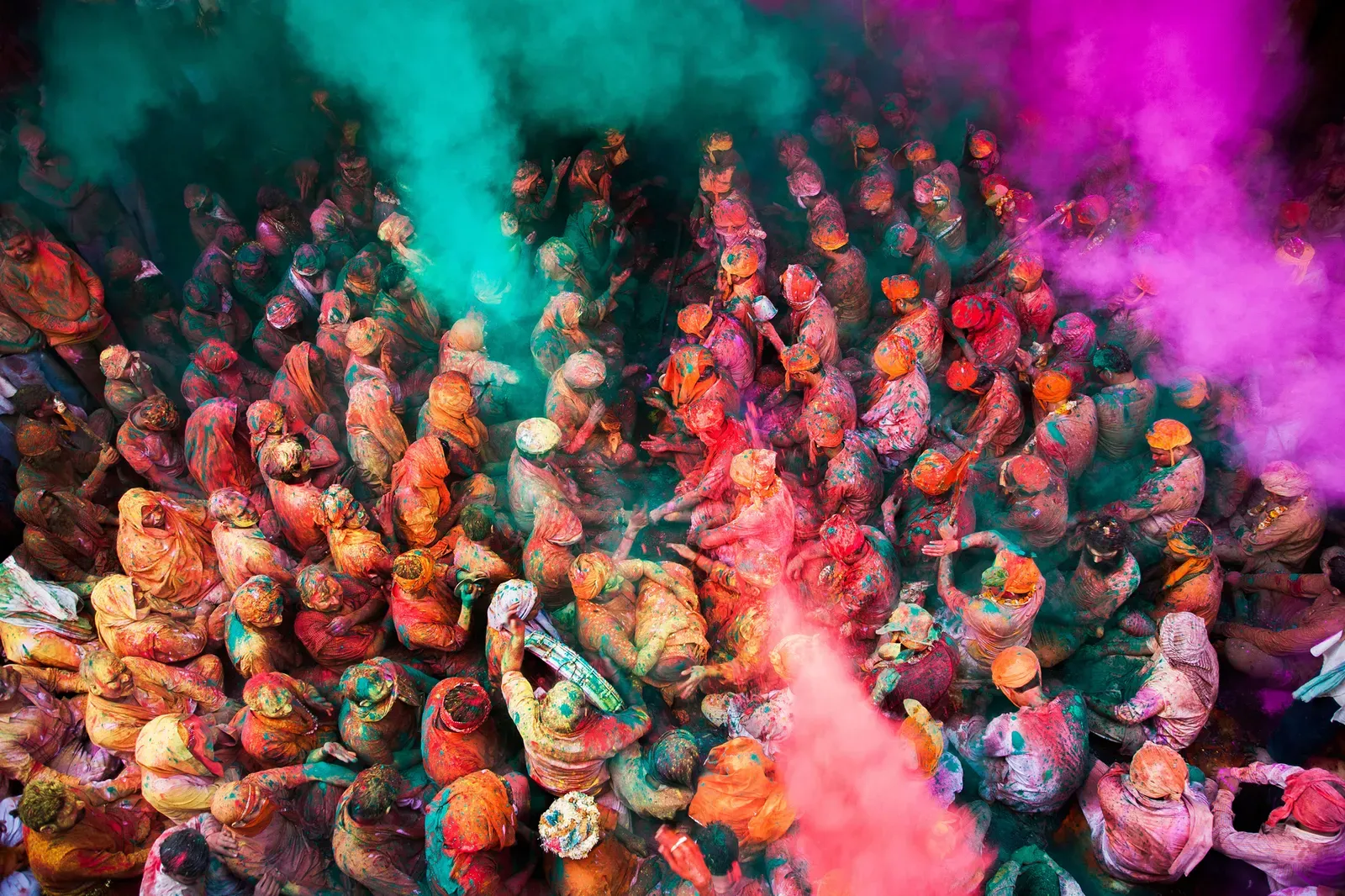
Holi: The 'Festival of Colors' is a vibrant celebration where people smear each other with colored powders, signifying the victory of good over evil.
Durga Puja & Navaratri: These festivals celebrate the goddess Durga's victory over the buffalo demon Mahishasura. The eastern city of Kolkata is especially renowned for its grand Durga Puja celebrations.
Local Festivals: Depending on when and where you're visiting, there might be regional festivals like the boat races in Kerala or the desert festival in Rajasthan.
Tip: If you plan to participate in festivals, especially Holi, wear old clothes. For women, it's advisable to celebrate Holi in groups or organized events to ensure safety.
10. Nature and Wildlife
India's diverse landscapes range from the snow-capped Himalayas to the lush Western Ghats, offering a plethora of unique wildlife experiences.
National Parks: India is home to several national parks like Ranthambore (famous for tigers) and Kaziranga (known for one-horned rhinos). Opt for a safari to witness the majestic wildlife in their natural habitat.
Bird Watching: With over 1300 species of birds, India is a bird-watcher's paradise. Bharatpur Bird Sanctuary and the wetlands of Odisha are prime spots.
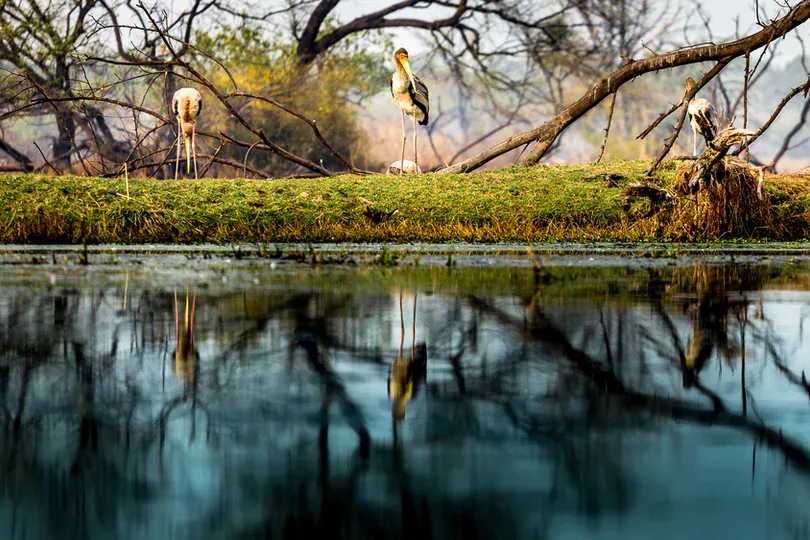
Trekking: For adventure enthusiasts, the trekking trails in Himachal Pradesh and Uttarakhand offer breathtaking views of the Himalayan peaks.
Conservation: While enjoying the beauty of India's flora and fauna, it's crucial to respect the environment. Avoid littering, and when on safaris, maintain silence and follow the guide's instructions.
Tip: If you're keen on spotting a particular animal, research the best time and place for sightings. For instance, winter months are ideal for bird-watching in most sanctuaries.
Conclusion: Embracing the Enigma that is India
India, often described as a subcontinent rather than just a country, is a mosaic of cultures, traditions, landscapes, and histories that converge to create an experience that's unparalleled. As you stand on the cusp of your Indian adventure, equipped with practical tips and insights, it's essential to remember that India is more than just a destination; it's an emotion, a story waiting to be lived.
Every traveler to India leaves with a personal tale, a narrative shaped not just by the places they've seen but by the souls they've met, the flavors they've tasted, and the melodies they've heard. The cacophony of the markets, the serenity of the temples, the vibrancy of its festivals, and the allure of its ancient monuments – all these are mere chapters in the grand epic that is India.
But beyond the tangible, there's an intangible spirit to India that's hard to define but easy to feel. It's in the warmth of a stranger's smile in a bustling street, the gentle lullaby of waves on a Goan beach, the silent prayers on the ghats of Varanasi, and the age-old traditions that come alive in its festivals. This spirit is what travelers often refer to when they say India needs to be felt, not just seen.
As you traverse this vast land, you'll realize that every region, every state, and indeed every city has its own distinct identity. The architectural wonders of Jaipur, the tranquil landscapes of Shimla, the bustling metropolis of Mumbai, and the historical charm of Udaipur – each offers a different shade of India. And yet, there's a thread of unity, a shared essence that binds these diverse experiences together.
The journey through India is also a journey through time. Ancient temples stand tall next to modern skyscrapers, narrating tales of bygone eras. The forts and palaces whisper stories of valor and romance, of battles won and lost, of dynasties that rose and fell. And amidst these historical relics, the modern-day hustle and bustle continue, creating a juxtaposition that's both intriguing and enchanting.
However, the real magic of India lies in its people. Their resilience, their joy, their struggles, and their celebrations make the country's heart beat. Engage in conversations, partake in local traditions, and immerse yourself in community experiences. You'll find that the age-old Indian adage "Atithi Devo Bhava" (The guest is God) is not just a saying but a way of life here.
In conclusion, as you wrap up your trip planner and prepare to embark on your Indian sojourn, approach it with an open heart and a curious mind. Let go of preconceived notions and embrace the unexpected. India, with its complexities and contrasts, might sometimes overwhelm, sometimes mystify, but it will always enchant.
Your journey here won't just be about the destinations you tick off your list but about the moments that take your breath away, the stories that touch your soul, and the memories that stay with you long after you've left its shores. India doesn't just offer a trip; it promises a transformation. So, as you set forth, remember that you're not just a tourist in India; you're a storyteller in the making. Welcome to India, where every journey is a story waiting to unfold. Safe travels and Namaste!

